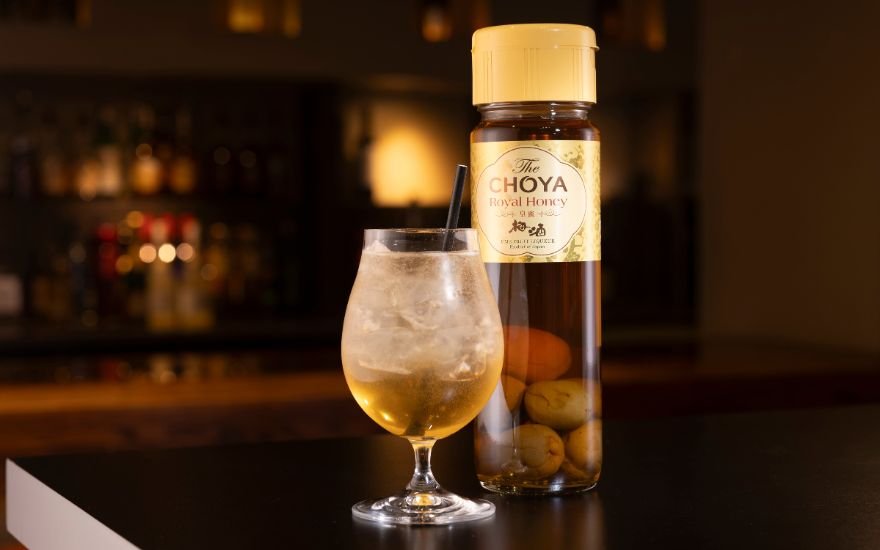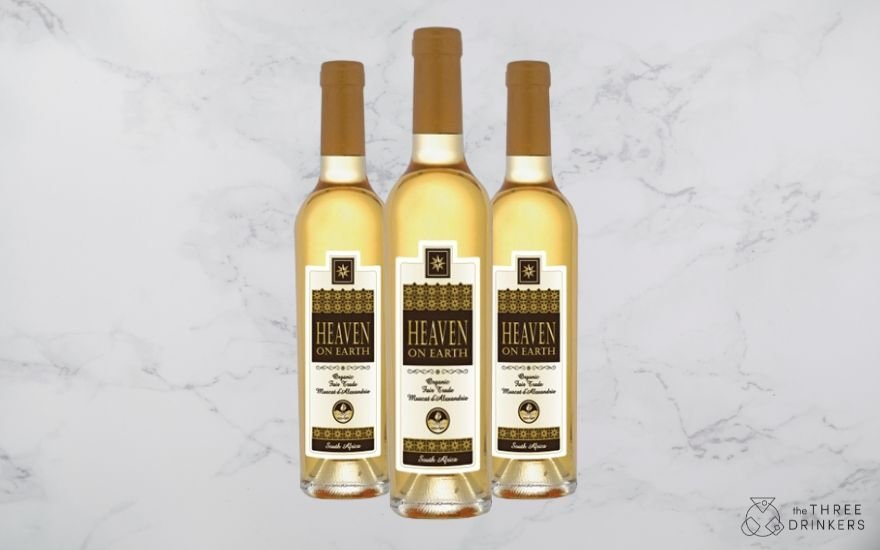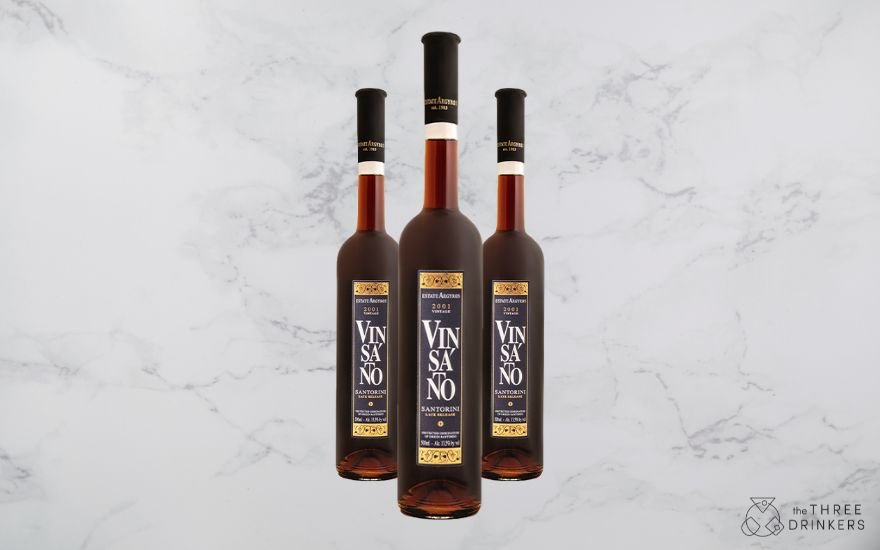Whether you're behind the bar or just shaking things up at home, knowing how to shake a cocktail properly is key to nailing that perfect blend. But what's with all the talk about wet shaking and dry shaking? It’s all liquid isn’t it? Don’t worry if you’re a bit confused – we’ve got the lowdown on these essential techniques, why they matter more than you might think, and how to use them to customise your cocktails.
What is a Wet Shake and What is a Dry Shake?
A wet shake is your classic cocktail shake, where you toss in some ice with your ingredients, giving them a good chill while mixing them all together. This technique dilutes and cools your drink – perfect for a crisp, refreshing sip. Most wet shakes should take less than 20 seconds to avoid ‘overshaking’.
A dry shake, on the other hand, involves shaking your cocktail without ice. This is usually done when you're working with egg whites or aquafaba (the liquid from chickpeas) to create a lovely frothy head because emulsification and aeration are better at room temperature. Think cocktails like the classic Whisky Sour or a Ramos Gin Fizz – the dry shake ensures your froth is light and velvety before you wet shake it to cool things down. This method takes slightly longer than wet shaking, usually at least 30 seconds to really work the ingredients through and give the texture time to develop.
Are there other types of cocktail shaking?
Yes! Beyond the wet and dry shake, there’s the reverse dry shake. This is where you shake with ice first, strain the ice out, and then shake again without it… but with the egg white included. The result? An even fluffier foam! There’s no need to strain after that final shake, so all that glorious velvety foam goes into the glass.
Half of mixology is, of course, about the show, so it makes sense that are many variations of shakes. For example, the hard shake, invented by Japanese bartender Kazuo Ueda, is a wet shake that uses highly stylised gentle shaking to give greater control over the shaker.
Then there’s the double shake – a two-step process designed for more complex cocktails where you can shake two shakers at one time.
Essentially though, wet and dry are the two categories – with and without ice.
Why whether you wet or dry shake your cocktail matters
Shaking your cocktail isn’t just about looking cool (although that’s a nice bonus). It directly affects the drink’s texture and taste. Firstly, whatever you shake, its fundamental purpose is to combine ingredients. A cocktail, in most cases, should be homogenous, with one enjoyable liquid rather than out of balance hits of the individual components.
Wet shaking chills and dilutes your cocktail, creating a perfectly balanced drink that’s refreshing.
Dry shaking, meanwhile, helps to aerate the mixture, giving cocktails that silky, frothy texture. It can also reduce bitterness and increase sweetness, did you know?
Whether you're using one or the other, the method plays a big role in how your drink feels on the palate. By varying the duration of your shakes and their styles, you can control the aeration, dilution and temperature of your cocktails – which has a huge impact.
An example of a wet shake cocktail
Daiquiri
Almost all cocktails require wet shakes so you could use many examples, but the Daiquiri is a classic, combining sweet and tart flavours with refreshing ice. Some bars have ruined the Daiquiri if you ask us, turning it into a sugary slush puppy, but if you make sure your ice isn’t blended or too broken up, and you go easy on the syrup, it’s a winner.
Ingredients:
50ml white rum
25ml lime juice
15ml simple syrup
Lime twist (garnish)
Method:
Add all ingredients to a shaker with ice. Shake for 10-15 seconds until well-chilled. Strain into a chilled coupe glass. As a top tip, take a look at your ice cubes once strained – they should be curved at the edges, rather than totally shattered.
An example of a dry shake cocktail
Whisky Sour
Sours, with their use of egg white, are the best example of dry shaking; the most famous of which is surely the Whisky Sour. With vanilla, caramel and rich fruits from the whisky, the vivid sour lemon freshness, some sweetness for balance and frothy egg white, it’s a luxurious and sophisticated serve.
Ingredients:
50ml bourbon
30ml lemon juice
15ml simple syrup
Dash of Angostura bitters (optional)
1 egg white
Cherry or lemon (garnish)
Method:
First, dry shake all ingredients (without ice) for 30 seconds to froth the egg white. Add ice, shake again, and strain into a glass. Top with a dash of bitters for added complexity and aesthetics.
If you’re really getting into your cocktail making, then check out our home bar essentials guide here.





























